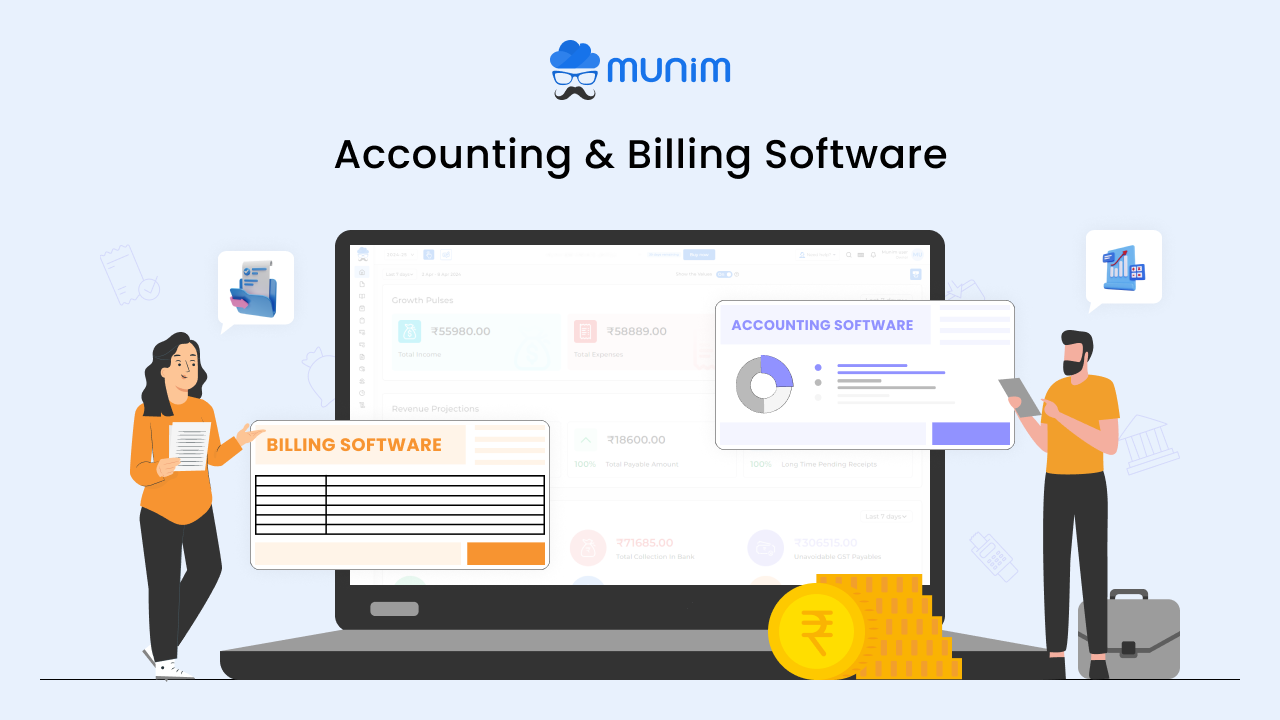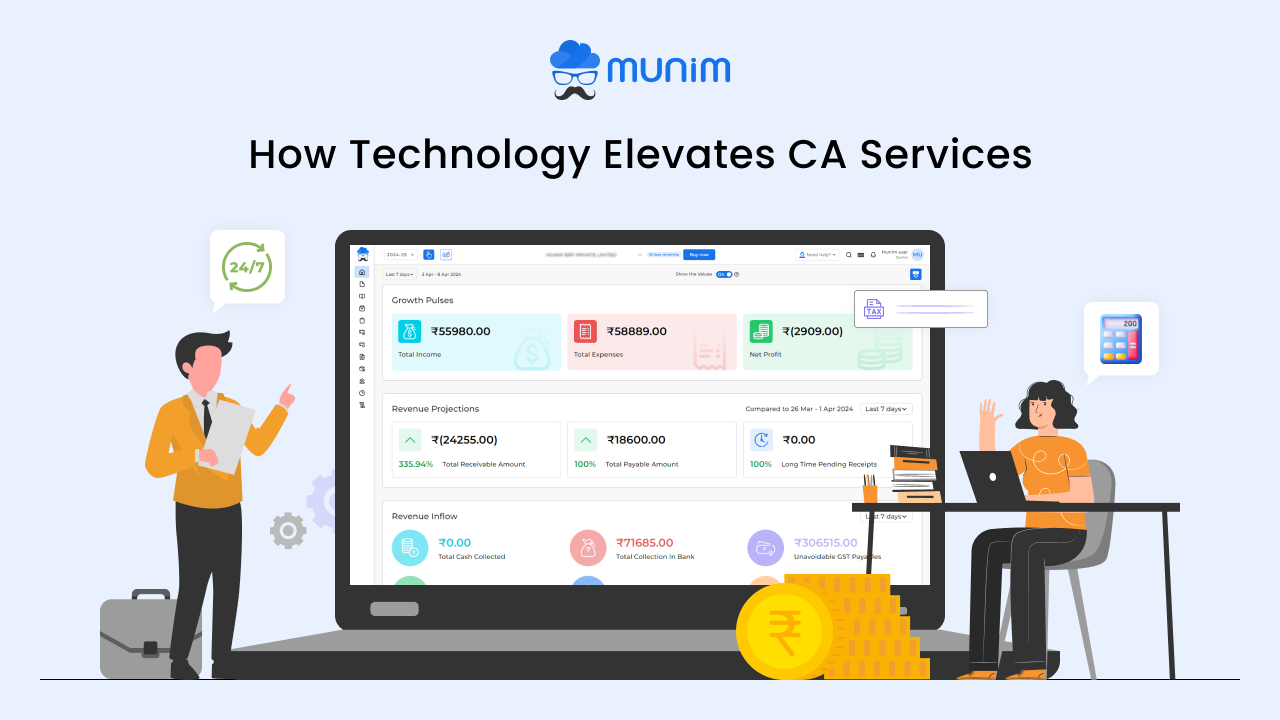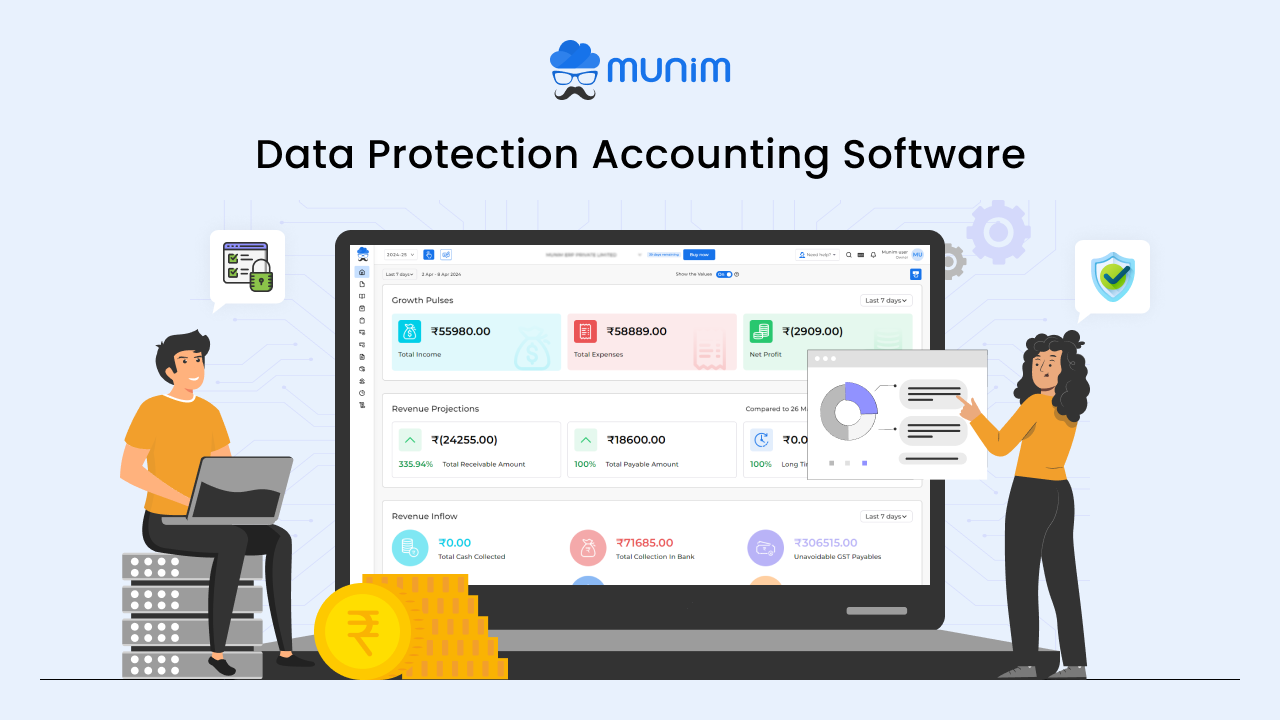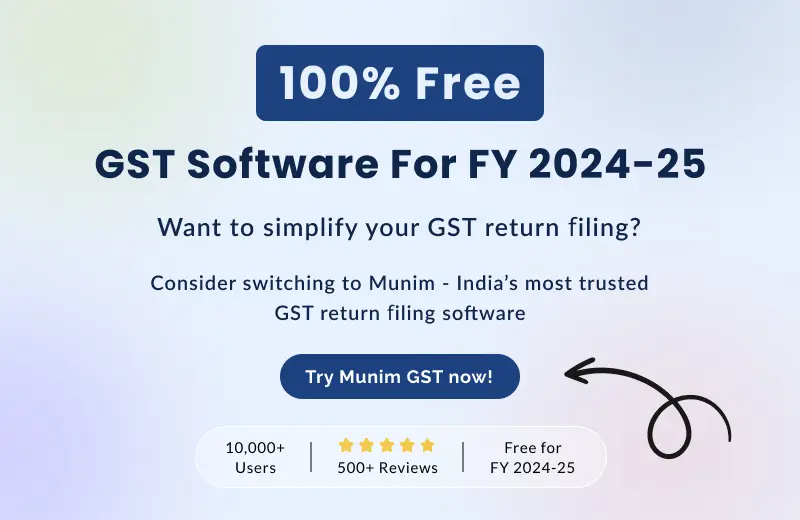How To Make Invoice Under GST Rules
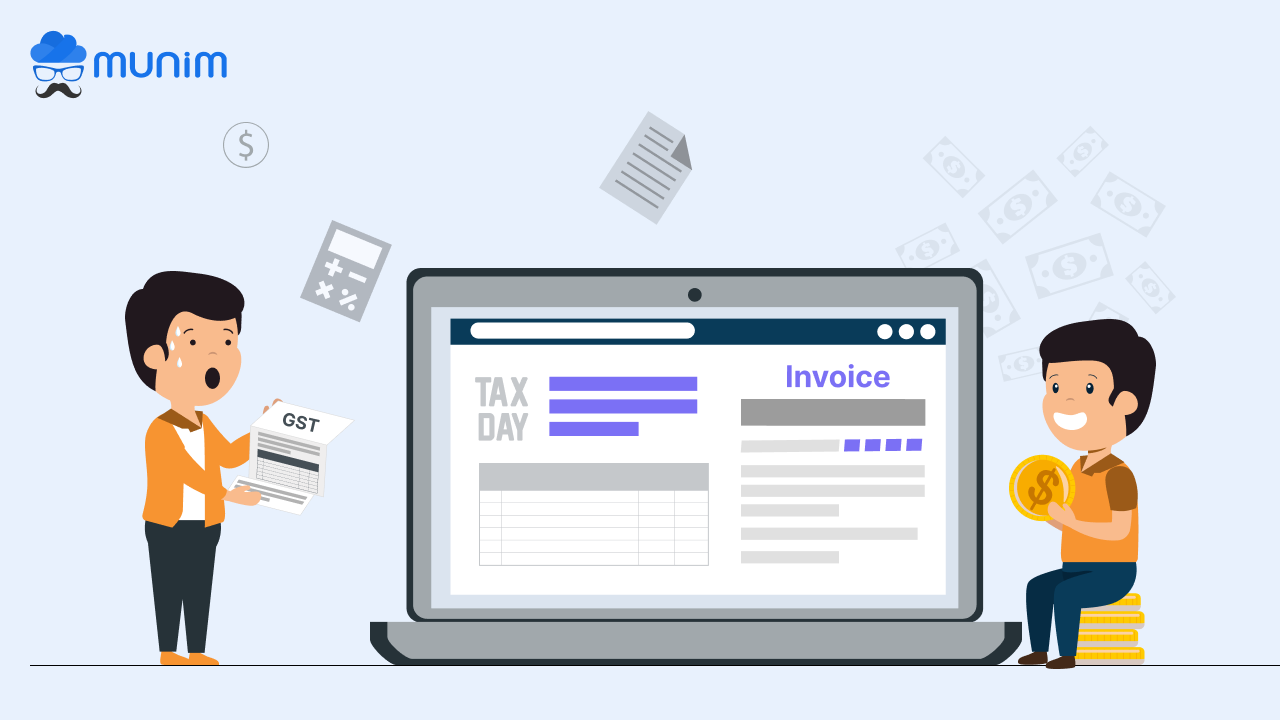
After the implementation of the new tax regime; Goods & Service Tax, entrepreneurs and accountants often find it difficult to comply with the new regulations and especially GST Invoice rules. With an intent to help them and drive their business smoothly, we are here with a guide on how to prepare an invoice complying with GST rules and regulations.
What Is GST Invoice?
GST Invoice is a document that dictates information regarding the supplies and details of the supplier and the customer. This document records the transactions between both parties. It also exhibits the tax percentage levied and discount provided along with other details. However, for registered companies tax invoice is an important document to avail of an input tax credit.
Basic Things To Know About GST Invoicing Rules
The implementation of the Goods and Service Tax was an important step toward tax reform in our country. Since it is relatively new, businesses are not well-acquaint with it. Here are the basic regulations you should be aware of:
- A GST invoice must be only issued by any business entity that holds GST registration.
- The time limit to issue an invoice varies depending on the supply of goods or services.
- Relaxation is provided to some sectors such as Banking, passenger transport, and transport agencies in issuing invoices.
- The invoice date does not indicate the Due date. The invoice date only indicates the date of creation of the document.
- One must issue a supplementary invoice in rare circumstances like a change in taxable amount, or issuing a refund against the return of product/s.
Mandatory Fields For Tax GST Invoice
The following are the mandatory fields in GST invoice rules:
- Name
- GSTIN
- Address of the supplier
- Invoice number
- Date of issuance
- Invoice type
- Shipping and billing address
- Name of the customer
- GSTIN of the customer if registered
- Details of products/services provided, including description, quantity, etc.
- SAC code or HSN code
- The rate of CGST, IGST, UTGST, and SGST charged
- Total tax amount
- Discounts, if any
- Reverse charge
- Signature of the invoice issuer
GST Invoice Rules And Regulations

Under the new indirect tax regime, there are various rules and regulations that you need to follow regarding invoicing. Here is a detailed explanation of such GST invoice rules:
Rules Regarding Serial Number
Following are the rules that invoice issuers must follow as per Rule 46 (b):
- The invoice numbers must be in sequence or consecutive.
- Must be unique for a financial year, including an alphanumeric combination.
- An invoice serial number must not exceed 16 characters
- The total GST levied should be split into CGST, SGST, and IGST, one cannot charge the same as a whole.
- If the goods/services are sold outside of the seller’s state, IGST should be charged. On the other hand, SGST and CGST should only be charged when goods/services are supplied within the same state.
Rules Regarding Signature
As per GST invoice rules a valid signature is as follows:
- An invoice can be signed either physically or electronically, provided it adheres to the Information Technology Act, of 2000.
- The GST invoice must be signed by either the supplier or his/her authorized representative.
Note – An authorized representative can be a Company’s Secretary, a Chartered accountant, a practicing advocate, a retired officer of the Commercial Tax Department, or a regular employee of the company.
Laws Regarding Time Limit For Issuing Invoices
- Under existing GST rules and regulations there is a specific time limit within which GST invoice must be issued. Following are the time limits that you should adhere to:
- For goods supplied, an invoice must be issued on or before the delivery date.
- In the case of the service provided, the invoice should be issued within 30 days of providing the service.
- If the service is provided by banks and NBFCs, there are some relaxations here. They are required to issue a GST invoice within 45 days of providing the service.
Rules Regarding Number Of Invoices
- In case of a supply of goods, three invoices should be issued i.e. one for the recipient/customer (original), another for the transporter (duplicate), and the third copy would be kept by the seller for their record.
- In the case of services, as per GST rules and regulations, sellers have to issue two copies of the invoice. One for the recipient (original) and the other for the supplier’s record.
Regulations Regarding Issuance Invoices
Under CGST Act there are two scenarios for payments, which are as follows:
- If the registered entity purchases from unregistered suppliers, the former has to issue a tax invoice.
- If a registered individual gets supplies that are exempted from GST, they must issue a bill of supply instead of a tax invoice.
Best Method To Make GST-Compliant Tax Invoice – Invoicing Software
There are several ways to generate GST invoices, among all of them invoicing software is the fastest method. However, there’s nothing wrong with other methods, they are just old-school and sluggish. So, if you want to make your business more efficient, switch to invoicing software today.
In case you are looking for a recommendation, let us introduce you to Munim, an online billing software in India. Munim allows you to generate quotations, delivery challans, invoices, e-invoices, and e-way bills. In short, Munim offers a complete business solution at affordable price.
Summing Up
So this is how you can create GST-compliant invoices. We hope after reading this blog you can create tax invoices without a doubt and have no queries regarding the regulations of GST invoices. However, if you use invoicing software – Munim we can assure you that you will be in line with almost all the GST Invoice rules and regulations.
Frequently Asked Questions On GST Invoice
What is the penalty for not issuing an invoice?
On non-issuance of an invoice, the penalty is up to Rs. 10,000 or 100% of the tax amount (whichever is higher).
What is e-invoicing in GST?
GST e-invoice is a document stating B2B transactions, electronically authenticated by GSTN for further processing.
Is there any free invoicing software in India?
Yes, there are many free invoicing software in India but the most feature-rich and useful invoicing software for all industries is Munim. You can even import data from other accounting software in a free version as well.
What is the best invoicing software for service companies?
If you are looking for the best invoicing software to serve the requirements of a service company, you should try Munim. It offers a lot of features that cater business needs of a service company.

